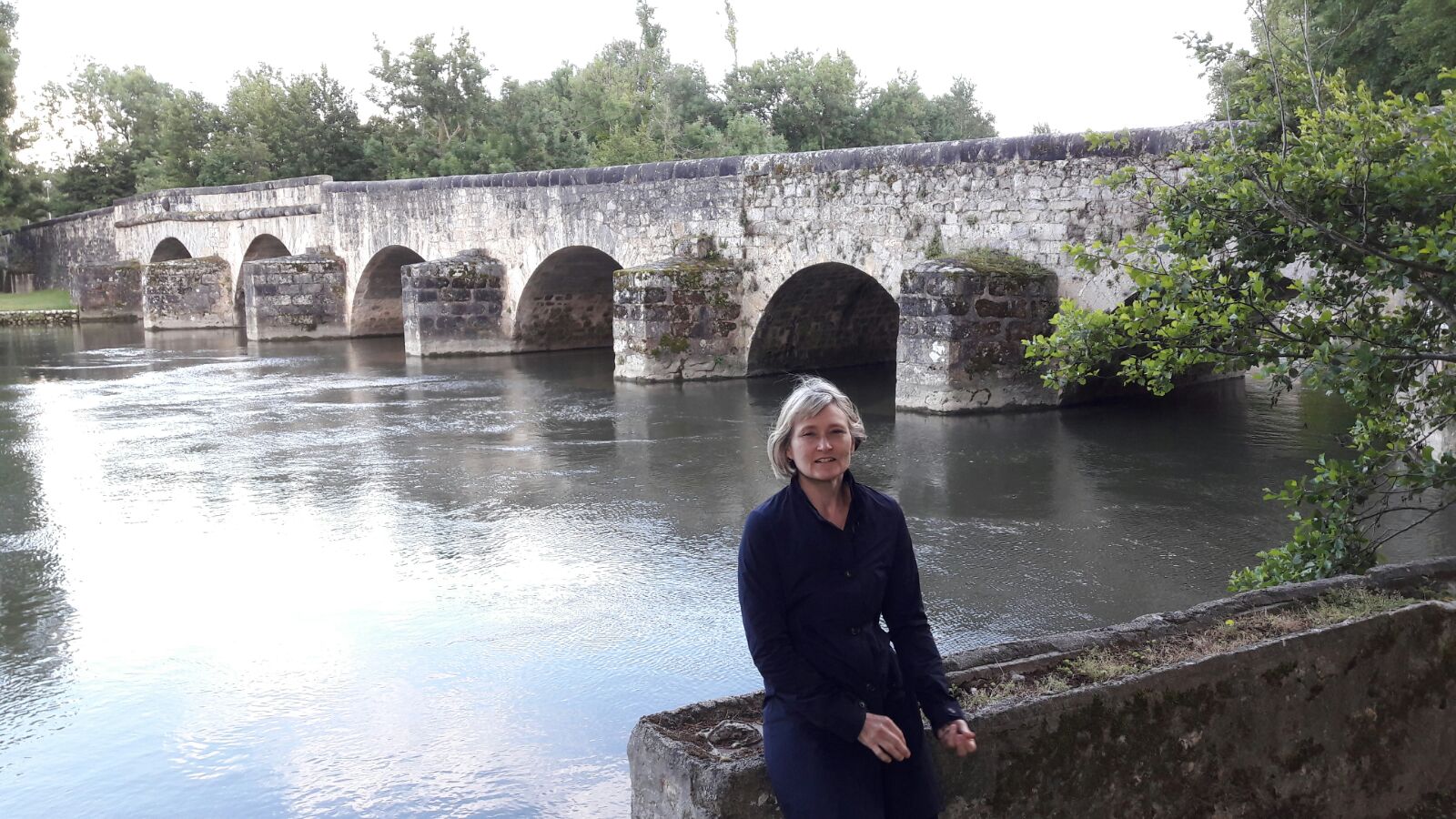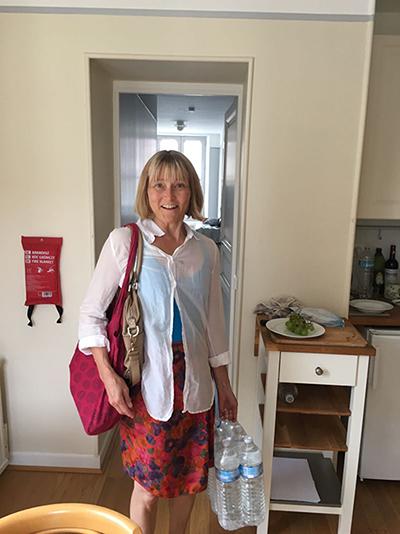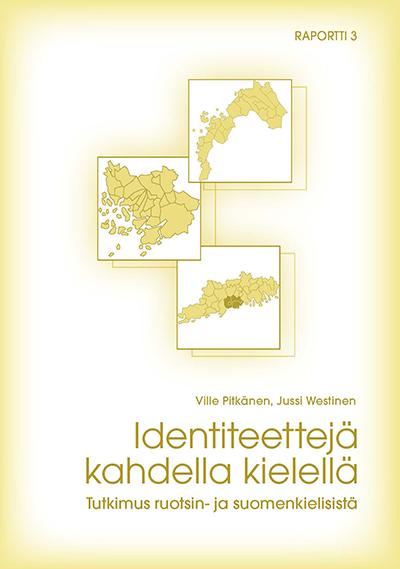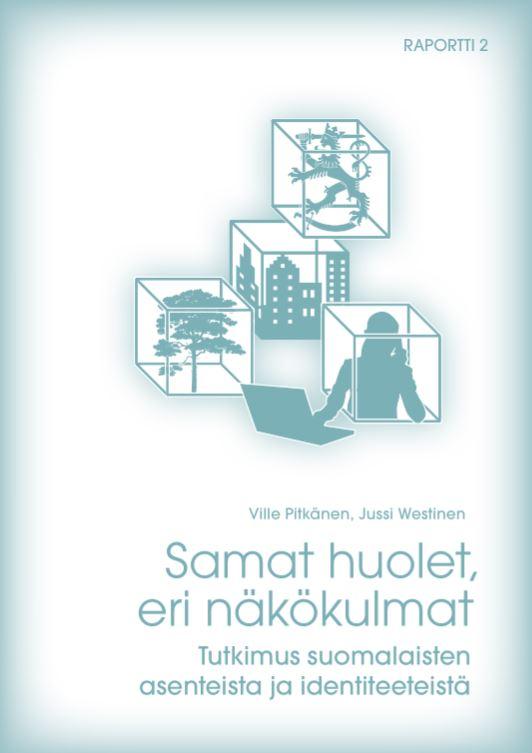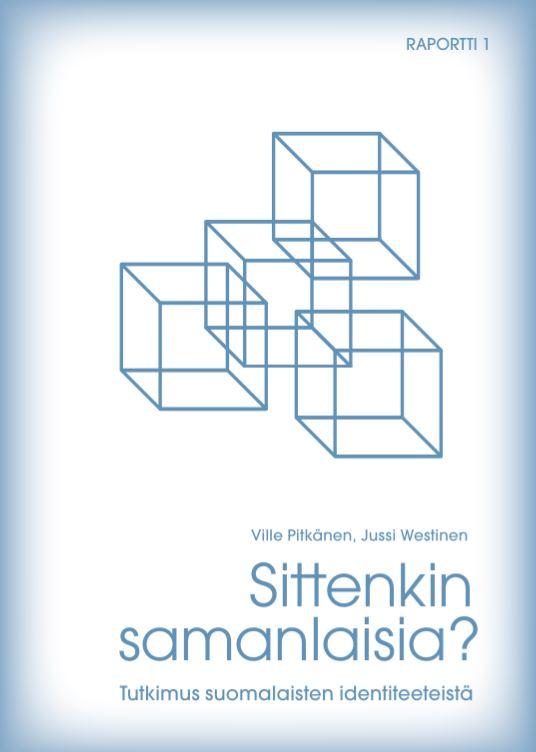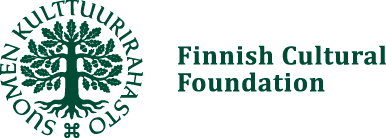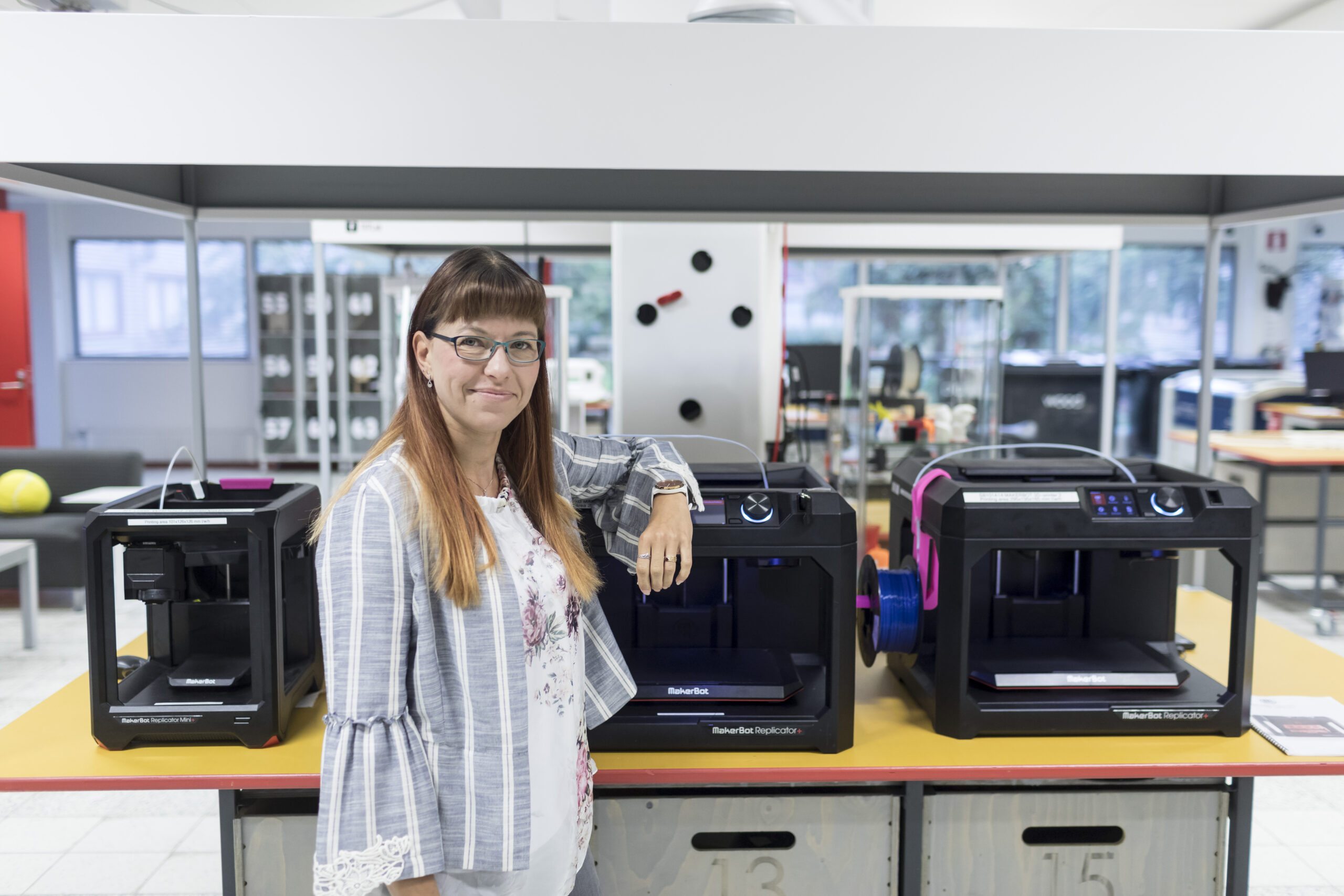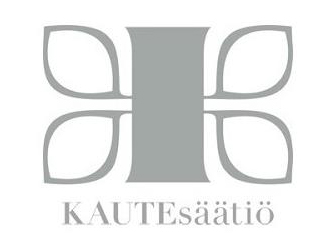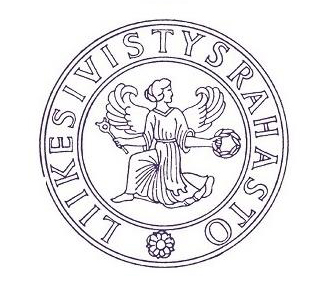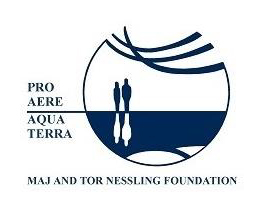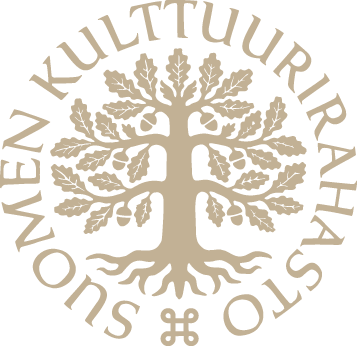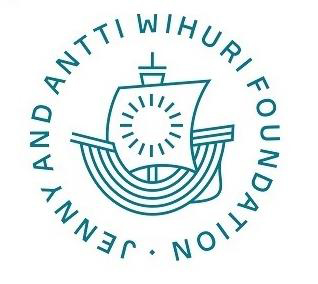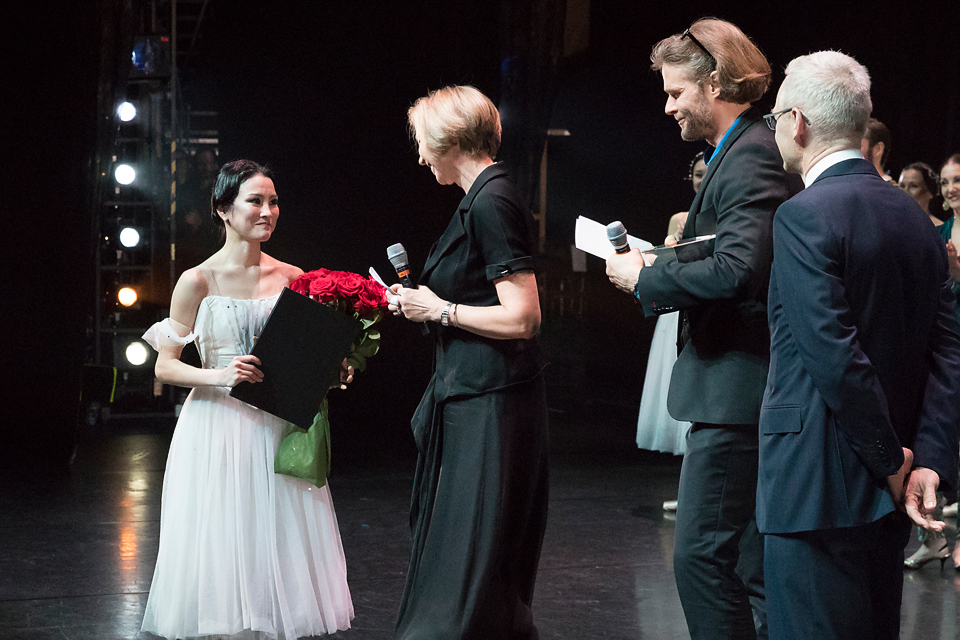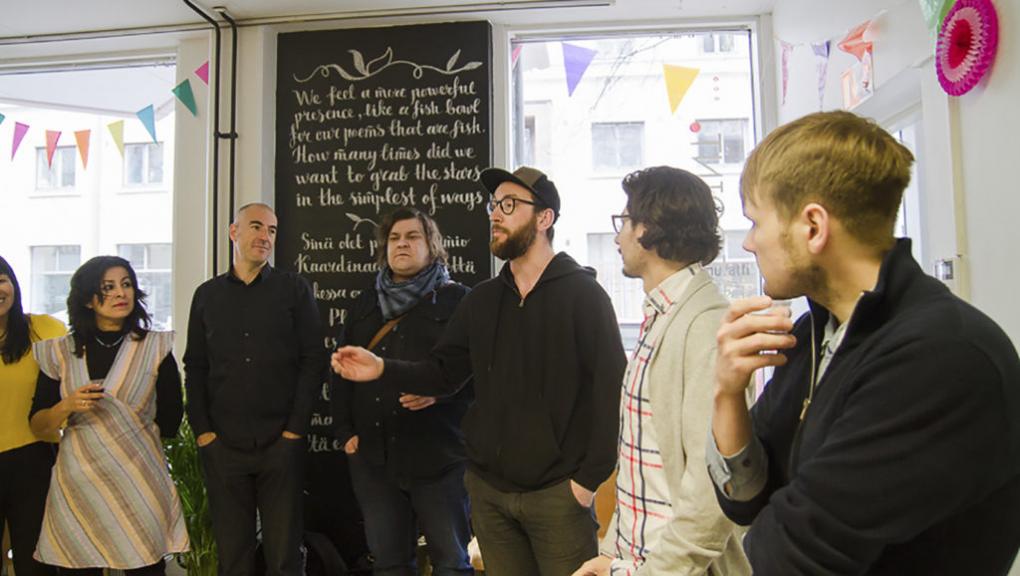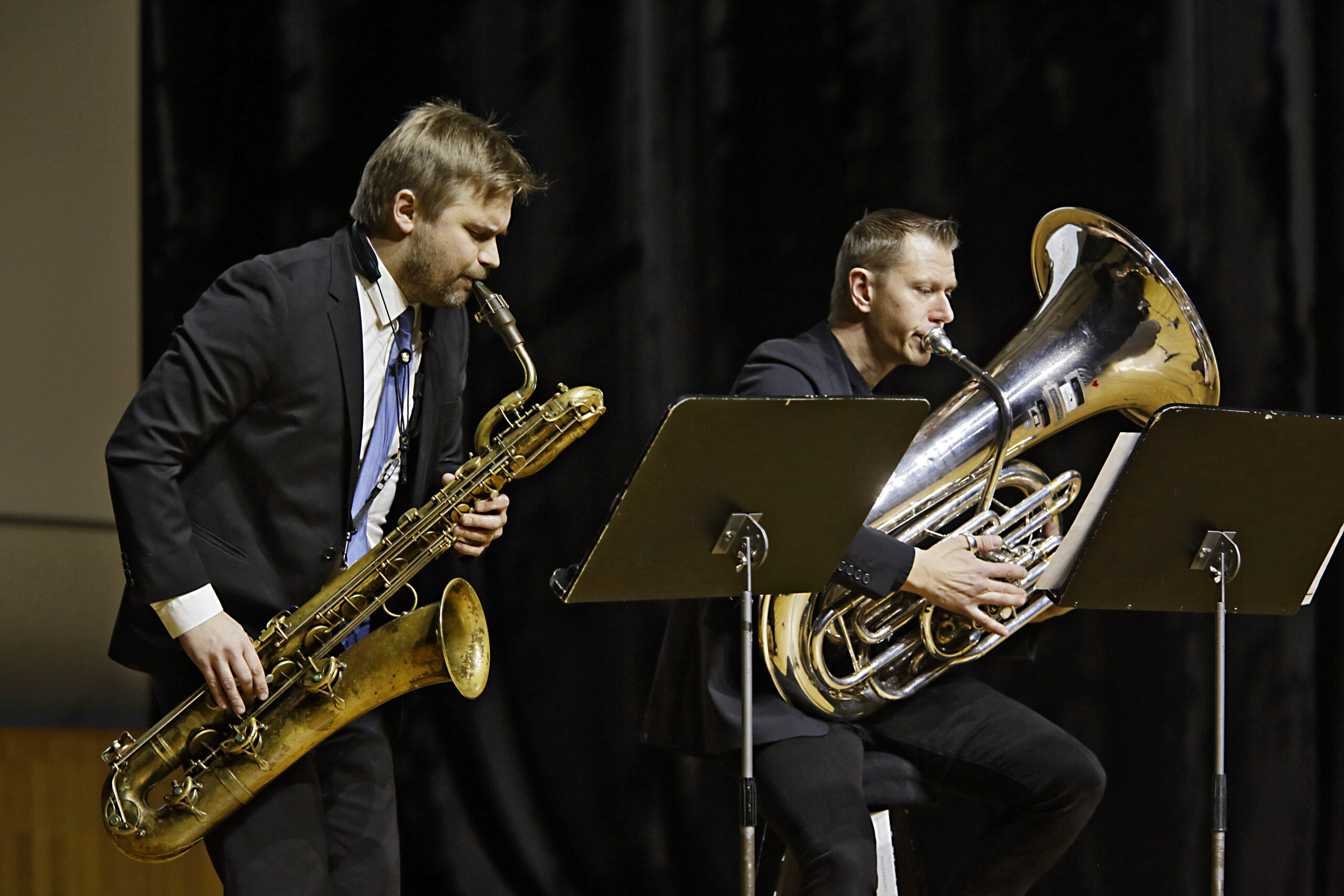
Finns feel that increasing inequality is their foremost worry. Other factors perceived as dividing the people are continual disagreements within and outside politics, and immigration issues. Also, the motives of media and researchers are questioned. These themes came on top when more than 6,000 Finns were interviewed about which issues they think worry and divide the people.
There also are several factors that unite the Finns, and population groups differ surprisingly little in many aspects. For example, patriotism is widely seen positively. These are findings of Same worries, different angles – A study of Finnish attitudes and identities, a new study done by e2 researchers Ville Pitkänen, Dr.(Soc.Sc.), and Jussi Westinen, Dr.(Soc.Sc.) and published by the Finnish Cultural Foundation and e2.
Patriotism unites across the board
To 83 percent of Finns, patriotism is a positive rather than a negative treat. This also goes for more than 80 percent of those with a firm European identity. Patriotism is perceived as positive in all population groups regardless of e.g. attitudes to asylum seekers or foreigners in general.
– The heated debate around immigration and refugees has not alienated Finns from traditional patriotism, says Jussi Westinen.
Adversity to patriotism is most likely among supporters of the Green League (18 %) or the Left Alliance (29 %). However, the majority are positive to patriotism in these parties, too.
Beside patriotism, a spirit of national defence is a unifying factor; 83 percent see it as positive. This also goes for a clear majority (74 %) in the age group below 30.
Ethnicity does not define being a Finn
In the opinion of two thirds (63 %) of Finns, being a Finn is not a question of ethnical background. This view has the highest percentage among those with a strong European or cosmopolitan identity. Value conservatives and supporters of the True Finns are the ones most likely to emphasize the ethnical aspect of being Finnish.
The attitude to asylum seekers is more a divider of opinion. 32 percent of the citizens estimate that asylum seekers are in too good a position, whereas 43 percent hold the opposite view.
Media bias and researchers’ motives questioned
Citizens are critical to traditional media. Almost half of the respondents (47 %) feel that the media produce biased information, and more than half (57 %) feel that they exaggerate differences in opinion.
Motives of researchers are distrusted, too. A majority (57 %) thinks that many researchers are driven by private biased motives when addressing the public. Value conservatives and those with basic or vocational education are the most critical.
– It is interesting that almost every other highly educated, too, estimates that researchers’ public statements have political motives, researcher Ville Pitkänen notes.
Worry for temporary workers
As many as 84 percent of Finns estimate that temporary employees are in a weak position. Their situation is considered to be even weaker than the unemployed. On the other hand, the majority think that employees and entrepreneurs are both doing well.
– There is an interesting detail regarding views among supporters of different political parties: Supporters of the Finns party worry more for employees than the Social Democrats do, and more for entrepreneurs than National Coalition supporters do, Ville Pitkänen says.
No support for faster urbanization
In their attitude toward urbanization, Finns favour status quo to speeding up the process. Only 16 percent think that those in political power should accelerate urbanization.
– As expected, big city dwellers are the most urban-minded, but even among them, only 23 percent support faster urbanization, Jussi Westinen notes.
Although around 70 percent of Finns live within the boundaries of towns or cities, a majority (65 %) prefer to spend their time in nature rather than in an urban environment.
—————————
The research report Same worries, different angles – A study on Finnish attitudes and identities is the second out of four publications around the topic. The first report, Similar after all? A study on Finnish identities, was published in March 2018, and the final two will be ready later in 2018.
The research results were based on 6398 survey answers, gathered by Taloustutkimus between 5 Oct 2017 and 11 Jan 2018 through face-to-face interviews and web panels. The analyses and the study report were made at e2. The research project was planned and financed jointly by the Finnish Cultural Foundation and e2.
The report Same worries, different angles – A study of Finnish attitudes and identities was published on 6 June 2018 at the Visitor’s Centre of the Parliament of Finland. The event was opened by Ms. Paula Risikko, Speaker of the Parliament. Following the presentation of the research results there was a panel with Ms. Emilia Kullas, Chief Editor of business magazine Talouselämä, Mr. Risto Murto, CEO of Varma Mutual Pension Insurance Company, and Mr. Antti Palola, Chair of STTK, the Finnish Confederation of Professionals.
For more information, please contact
Mr. Ville Pitkänen, Dr.(Soc.Sc.), tel. +358 40 7770 869, firstname.lastname@e2.fi
Mr. Jussi Westinen, Dr.(Soc.Sc.), tel. +358 40 8335 799, firstname.lastname@e2.fi
The report (in Finnish, summary in English) is downloadable at www.e2.fi
